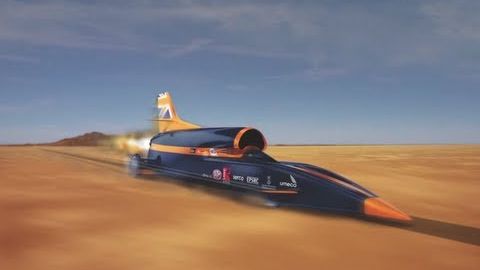
字幕與單字
【賽車介紹】訪問 SR3 記錄保持人-Andy Green Racing a Radical SR3 with Andy Green, Holder of the Land Speed Record -- DRIVEN
00
Furong Lai 發佈於 2012 年 12 月 14 日收藏
影片單字
ground
US /ɡraʊnd/
・
UK /graʊnd/
- v.t.磨;輾;磨光;磨平;摩擦得嘎嘎響;宵禁;停飛;得分(橄欖球規則);基於;訓練
- v.i.嘎嘎地響;使落地;使擱淺
- n. (c./u.)接地的;體育場;地面;場地;理由;咖啡渣
A1 初級初級英檢
更多 使用能量
解鎖所有單字
解鎖發音、解釋及篩選功能
